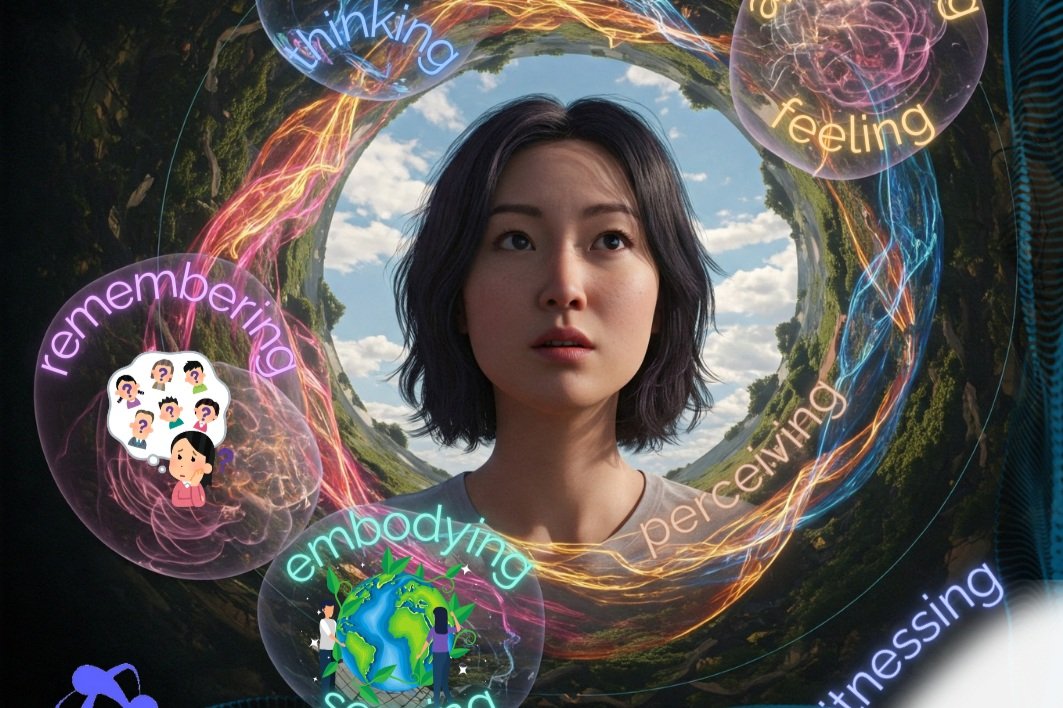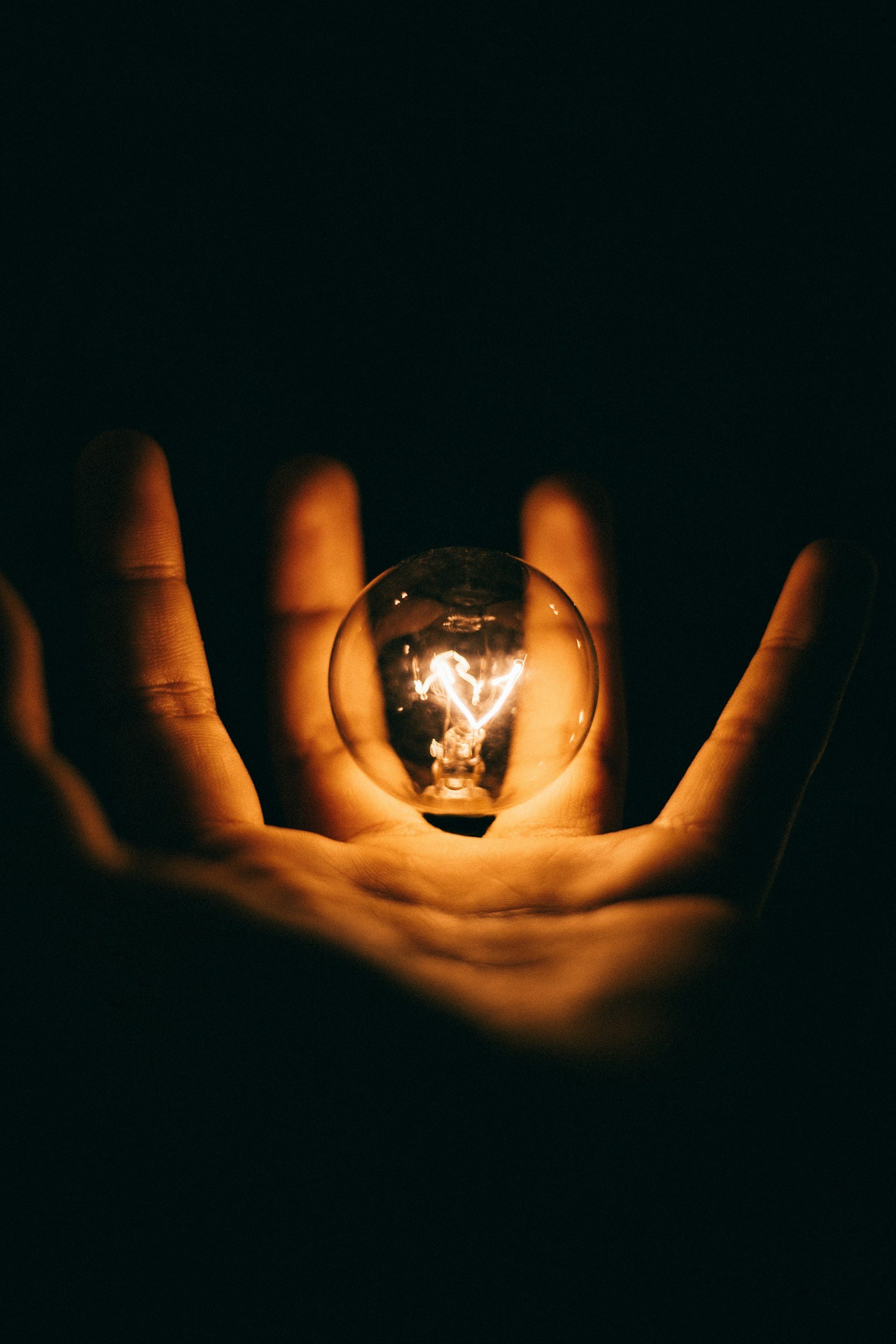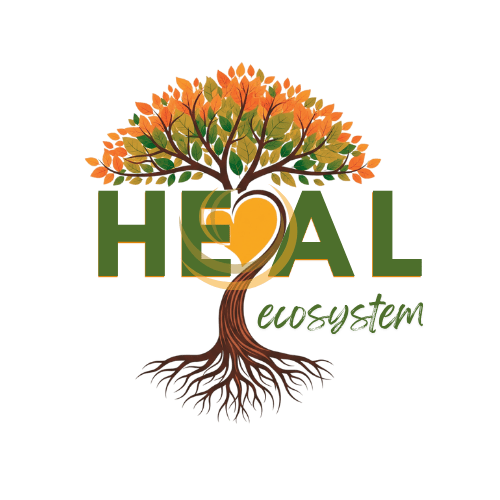
Research & Development
Unveiling the Unseen… is Less About Collecting Data, and More About Discovering the Process…
Introduction
Here we provide a deep dive into our inner world. HEAL research is an ongoing, participative, and first-person methodology that has been refined over 25 years through the dedicated participation of citizen scientists across continents.
This extensive research enhances our understanding of consciousness and informs HEAL's holistic approach. It encourages individuals to use their bodies as "living laboratories" for deep personal exploration. In this living laboratory, participants internally observe, embody, sense, and witness their thoughts, feelings, bodily sensations, and responses to external triggers as they arise in real-time.
The core of HEAL research is to map and decode these inner landscapes, transforming fragmented experiences into a unified continuum and restoring the self-regulating flow essential for well-being. This process aims to improve self-awareness, emotional regulation, and overall well-being by discovering, understanding, and integrating internal experiences. HEAL addresses a fundamental gap in how individuals understand and navigate their inner worlds, moving beyond traditional methods by empowering them to become "experts-by-experience" of their own internal landscape. Furthermore, HEAL research explores whether its framework aligns with quantum realism, seeking patterns that transcend classical interpretations of experience and offering new insights into the nature of reality and consciousness.
Below we provide the first section of the HEAL Reference 2025. Versions are available in English, Spanish, and Dutch. Please fill out the form below to receive your copy.

HEAL Reference 2025
I invite you to embark on a journey of discovery into a world that, until now, we have barely understood: our inner world.
Reflect for a moment on the course of life. Many of us find that along the way, we lose some of the joy and passion that once came so naturally. Sometimes, the wounds that shape us occur at a very young age, or even before we are born. By the time we reach adulthood, we often forget how, as children, we experienced life as a seamless flow, fully immersed in the immediacy of our bodies, feelings, sensations, and non-symbolic expressions like gestures and facial expressions.
As we learned a language and followed the instructions of parents and teachers, we gradually traded our many ways of expressing ourselves for a more limited mode of engagement, one that treats life as though it were something external to us. This shift, driven by societal conditioning and the emotional wounds we sustained, did something profound to us at the fundamental level of attention.
When I ask people what attention is, most will answer, “my capacity to focus.” Through our social conditioning, we have equated attention with selective focus, forgetting the open, receptive awareness that was once our natural state. We have shifted from experiencing the world from our heart to experiencing it primarily from our speech center and the brain networks associated with tasks and control—the Dorsal Attention and Central Executive Networks. This has narrowed our perception and resulted in the widespread disconnection we see today—from ourselves, from each other, and from nature.
Our community envisions this work, the Human Experience Augmenting Language, or HEAL, as a pathway back to wholeness. It is a framework, a discernment practice, and a first-person research methodology in one, designed to help us rediscover all modes of our attention, including concentration, meditation, and contemplation, to bridge the gap between our inner and outer worlds. Moreover, HEAL offers a language to map and decode our inner landscapes, transforming fragmented experiences into a unified continuum and restoring the self-regulating flow that is essential to our well-being.
Enjoy reading this pioneering work, which we dedicate to you, to humanity, and to Mother Nature. We wish to invite you to join us on this journey that will take us back to being whole.
With warm wishes,
Carlo Giovanni Monsanto
HEAL ecosystem
Foreword
Knowledge systems are intricate frameworks that human societies have crafted to organize, interpret, and transmit understanding of the world across generations. These systems encompass both traditional practices and emerging scientific paradigms, offering diverse lenses through which individuals and communities engage with knowledge, meaning-making, and the cultivation of well-being.
This reference explores the pivotal role of attention within such systems, particularly through the Human Experience Augmenting Language (HEAL) whole-person approach. By conceptualizing attention as a dynamic and contextual process, and treating the body as a “living laboratory,” the HEAL framework lays out practical pathways for nurturing emotional literacy, fostering well-being, and encouraging collective growth.
Central to these findings is the cultivation of a mindful witness—an internal capacity that attunes the interplay of different modes of attention. This mindful presence enhances empathy, authentic connection, and a sense of integrated wholeness within both individuals and their communities. Drawing insights from quantum theory, neuroscience, linguistics, and consciousness studies, the work demonstrates that attention is inherently multimodal, comprising both selective (focused) and non-selective (open) states essential for integrating thought, feeling, and sensation.
Furthermore, the HEAL approach illuminates how language, shaped by both social and cognitive conditioning, profoundly influences perception, emotional equilibrium, and overall well-being. Innovative tools like the eXperience Matrix and Body Matrix empower individuals to map, decode, and transform unconscious patterns, supporting the evolution of self-awareness and holistic health across cognitive, emotional, and physical domains.
Abstract
Please fill out the form below to receive your copy of the
HEAL Reference 2025.
Develop your capacity for self-awareness, emotional fortitude, and teamwork.
Meet Our Team
-

Lokesh Agrawal
Research Scholar
Lokesh, a researcher at the Okinawa Institute of Science and Technology (OIST) and adjunct professor at UNICAL (Curacao), has an extensive background in cognitive neuroscience, converging technologies, and regenerative medicine. With a master's from the Center for Converging Technologies, UOR, and a doctorate from the University of Tsukuba, his work focuses on neuronal regeneration, serotonin's role in brain development, and the development of personalized 3D-biological implants.
-

Angelo B.J. Luidens
Researcher/Mentor
Angelo advances social justice and sustainable change through holistic approaches, integrating Complexity Sciences, Quantum Integrative Medicine, and Truth & Reconciliation efforts. He contributes to HEAL theory and practices Organizational Architecture (OA), which stems from—present, body awareness, emotional intelligence—and the 7 Competencies process. This synergy enhances integration, innovation, and global impact, unlocking human potential at individual and systemic levels.
-

Carlo Giovanni MonSanto
Lead Researcher/Mentor
I hold a Bachelor degree in Health Science and a Master of Science in Psychology and contribute to transdisciplinary/polymathic research. For nearly twenty-five years, I have dedicated to the design of HEAL (Human Experience Augmenting Language) and the development of the HEAL ecosystem. I contribute to healing humanity's wounds by stimulating the use of HEAL’s transparent language. Widespread adoption will cultivate global dialogue, equipping communities with essential knowledge for transformation and growth. My knowledge and experience can advance these conversations and developments.
-

Andreea G. Petruse
Researcher/Mentor
Andreea is a somatic therapist and contributes to the development of the HEAL Ecosystem through co-developing HEAL theory & practice. She aims to design HEAL as a curriculum which can support students of all ages to understand and metabolize their emotional experience and integrate their traumas. She offers a framework for both internal and external assessment, shaping a new educational paradigm that can truly prepare students to face multiple dimensions of life, enhancing their lives and bringing out their true potential.
-

Eelco Roovers
Researcher/Mentor
Eelco Roovers is a HEAL Facilitator & Trainer with a biology foundation and 12.5 years in dance. Since 1999, he's focused on Ayurveda, Yoga, and spirituality, gaining in-depth knowledge of HEAL, Spiritual Therapy, and breathwork. Trained in herbal medicine and auriculotherapy, Eelco integrates mind, body, and spirit. He actively contributes to evolving HEAL theory and practice, guiding transformative learning journeys.
